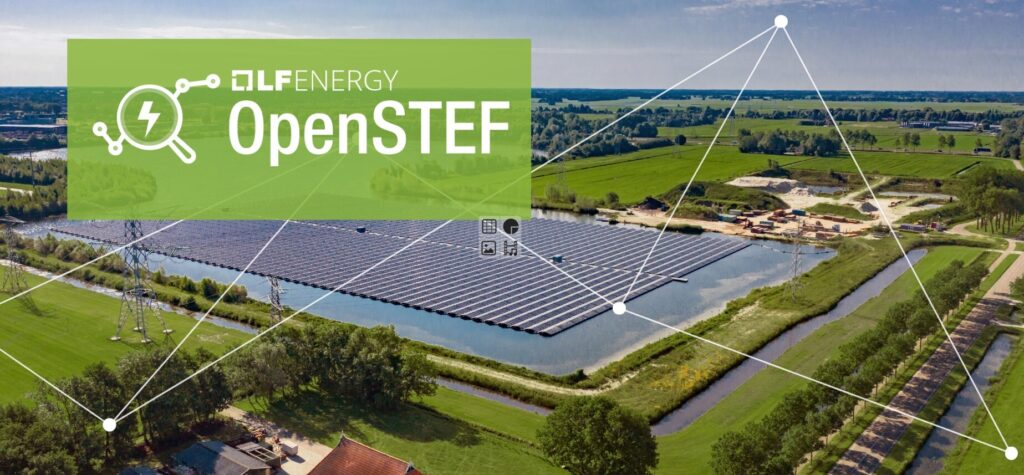Welcome to OpenSTEF: Short Term Energy Forecasting
The OpenSTEF project provides a valuable portfolio of automated, Open Source machine learning pipelines that provide accurate short-term load forecasting for energy grids.
Developed by energy experts and constantly refined as part of an open industry development process, the OpenSTEF forecasting pipelines combine inputs of measured historical grid data, together with relevant external predictors such as weather and market pricing. Users can forecast the future load on any grid, with the ability to look at energy consumption, (renewable) generation, or a combination of both.
OpenSTEF outputs forecasts via either an API or (expert) graphical user interface. The entire technology stack is built on Open Source technology and open standards, and its microservice architecture is optimized for cloud-native deployment.

Why OpenSTEF?
The energy transition is causing both a rapid growth in net grid loads and fundamental changes in the patterns of power supply and distribution. Mitigating grid congestion has become the number one mission critical challenge for utilities providers who are managing this change across legacy grid networks.
Accurate forecasting of grid loads forms a vital part of any mitigation strategy. However, the combination of changing demand patterns, together with erratic supply from more distributed, weather-dependent, renewable energy sources, has caused an exponential increase in complexity. On this synchronous, renewable grid: microgeneration, microstorage, feeder tariffs and dynamic pricing also mean that consumers can become suppliers, and both demand and supply can be manipulated through price. This has generated a pressing need for more sophisticated forecasting tools for energy demand, supply and grid load
OpenSTEF is a collaborative Open Source project from within the energy industry to develop more accurate short term forecasting tools to address these challenges.
At Alliander OpenSTEF is used for congestion management and prohibiting exceedance of grid limitations. However, there are also other uses for OpenSTEF. Solar farms can use it to forecast for peak shaving. Other use cases could be an aggregator steering their customers to adhere to a contract, forecasting as a service, or an energy trader who implements it to maximize returns on a specific market.
How OpenSTEF Works
To generate new forecasts, users input a timeseries dataset of measured (net) load and/or generation for any existing grid. The OpenSTEF pipelines then perform validation of the input data, before using machine learning to combine the historical measurements with external predictors such as weather data and market prices.
The pipeline can train a model and subsequently output forecasts of up to 48 hours, outlining probabilistic grid loads and with the ability to detail both demand and supply from localized generation and storage.
OpenSTEF is a library built on open standards and its fully Open Source technology stack is designed to be flexible, customizable and extensible. Forecasts are delivered into a Grafana dashboard and can be easily integrated into broader systems. The pipelines are open, well-documented and can be used to train and incorporate any scikit-learn compatible machine learning model.
Collaboration
Join our growing OpenSTEF community:
 |  |  |  |
 |  |  |
Key Features of OpenSTEF
- Operational Forecasts: Accurate forecasts enable utilities to anticipate congestion and plan resource allocation more effectively.
- Real-time Data Analysis: OpenSTEF leverages real-time data from grid sensors and weather forecasts to provide timely insights.
- Customizable Solutions: OpenSTEF offers customizable solutions tailored to the unique needs of each utility, ensuring maximum efficiency and effectiveness.
- Infused expert energy knowledge: build-in energy knowledge to improve your forecasting quality. For example, additional weather features are automatically calculated and implemented.
Learn More
Explore how OpenSTEF is driving innovation in grid management and delivering tangible results for utilities like Alliander. Visit the external information sources below to learn more about our initiatives and discover how OpenSTEF can transform your grid operations.